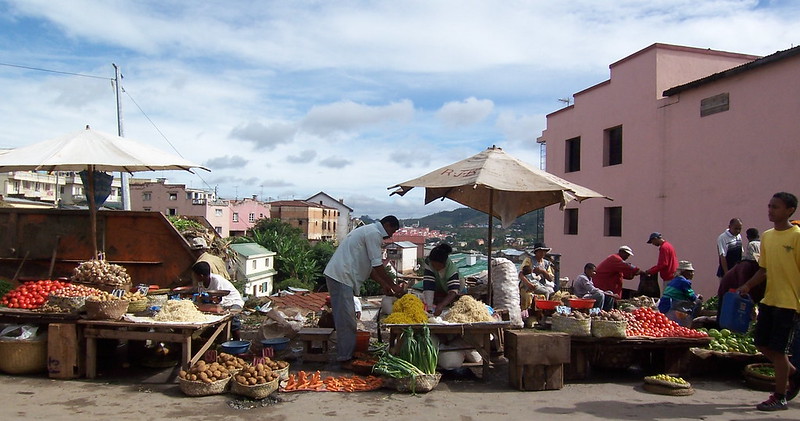Madagascar’s Five-Year Plan
 Madagascar, the world’s fifth-largest island, faces significant challenges with an estimated 80% of its 30.3 million residents living in poverty as of 2023. While tourism supports some economic growth, substantial improvements are necessary for the citizens of Madagascar. The World Bank and Country Partnership Framework (CPF) have launched a five-year plan aimed at creating more jobs, enhancing the education sector and health systems and boosting Madagascar’s economy.
Madagascar, the world’s fifth-largest island, faces significant challenges with an estimated 80% of its 30.3 million residents living in poverty as of 2023. While tourism supports some economic growth, substantial improvements are necessary for the citizens of Madagascar. The World Bank and Country Partnership Framework (CPF) have launched a five-year plan aimed at creating more jobs, enhancing the education sector and health systems and boosting Madagascar’s economy.
The Country Partnership Framework (CPF) for Madagascar targets three primary outcomes. First, it aims to enhance job opportunities to boost incomes. Second, the plan focuses on improving human capital outcomes by making education more accessible, protecting women’s rights and ensuring that hygiene and agricultural standards are met. The final goal is to bolster the overall economy by investing in the socio-economic well-being of the people and strengthening natural disaster preparedness, alongside improving the management of natural resources.
Providing Job Opportunities
Madagascar aims to enhance its economic value and lift more citizens above the poverty line by increasing job opportunities. This effort will focus on vital sectors needing investment, such as agriculture and on mobilizing foreign private investments. As the digital era progresses, strengthening the foundations of the digital economy will transform digital infrastructures and support stakeholders. The Country Partnership Framework (CPF) plans to implement spatial prioritization to gain a regional competitive advantage, stabilizing rural livelihoods and creating new opportunities for residents. By improving the fundamentals of agricultural land, the economy and job opportunities, the CPF commits to a long-term strategy to strengthen Madagascar’s future.
Improving Human Capital Outcomes
The World Bank is supporting the government in enhancing early childhood education. Strategies include improving teacher quality and adopting a broader digital approach to elevate educational standards. Additionally, the Country Partnership Framework (CPF) aims to bolster female empowerment and protection, enhancing support services and expanding opportunities for girls to continue their education and access contraception products. There is also a strong commitment to advancing agricultural practices and food security systems by ensuring clean sanitation and water. Further commitments include reducing disease transmission and promoting nutrition in schools.
Transforming the Natural Landscape
The final goal of the World Bank and Country Partnership Framework (CPF) five-year plan focuses on protecting Madagascar’s natural resources and leveraging local environmental assets to enhance community resilience against natural disasters. The plan includes expanding economic reserves as a precautionary measure and strengthening disaster preparedness programs. Additionally, it emphasizes enhancing societal support by promoting economic inclusion and sustainability.
Looking Ahead
Madagascar’s comprehensive five-year plan, spearheaded by the World Bank and Country Partnership Framework (CPF), targets significant improvements in job creation, education and health systems. By focusing on these key areas, the plan aims to lift more citizens out of poverty and stimulate economic growth. Strengthening agricultural practices, enhancing digital infrastructure and promoting environmental sustainability are integral to this strategy. Through these ongoing efforts, Madagascar seeks to create a more resilient and prosperous future for its people.
– Charlotte Johnston
Charlotte is based in London, UK and focuses on Good News for The Borgen Project.
Photo: Flickr
